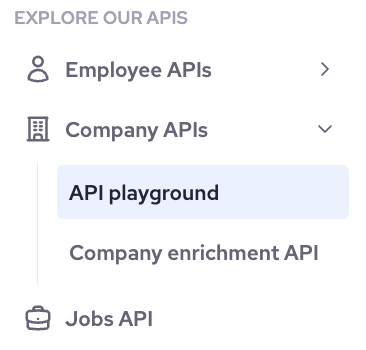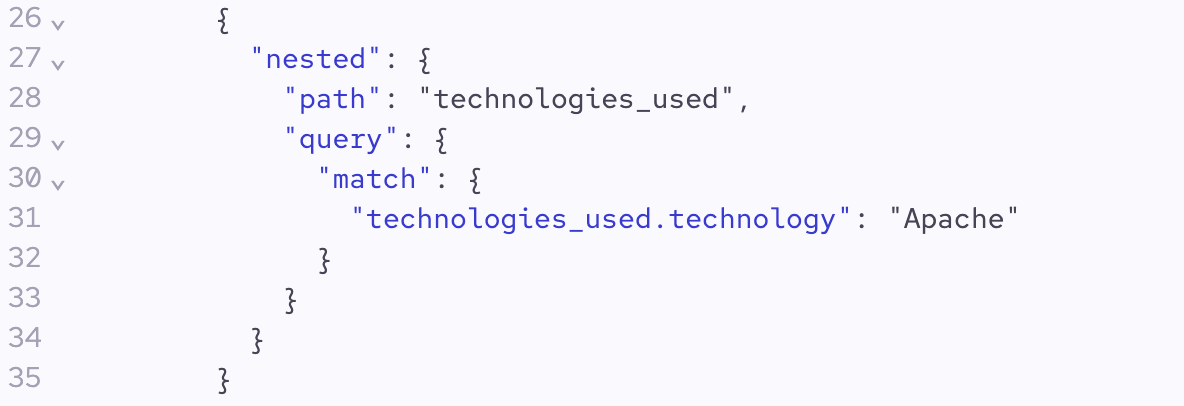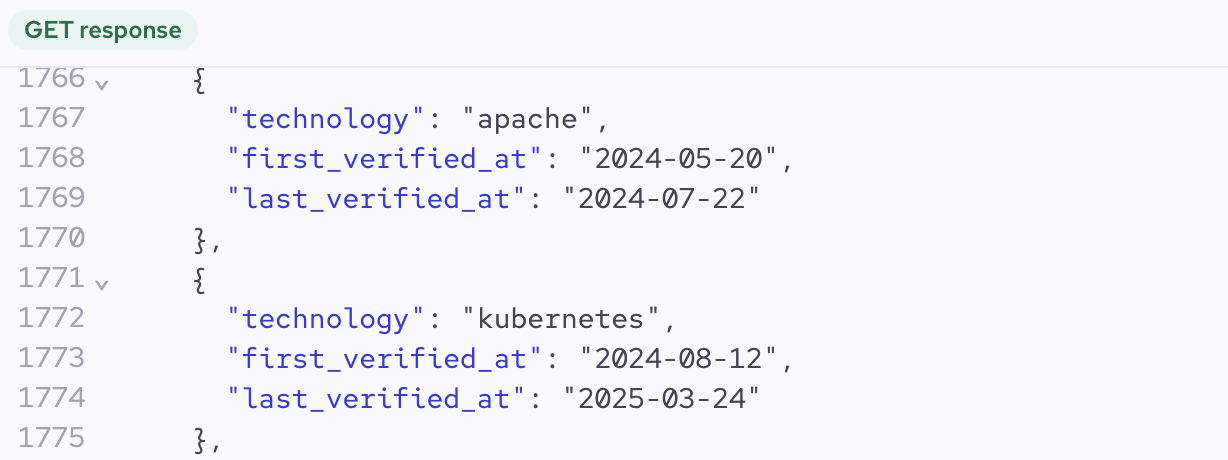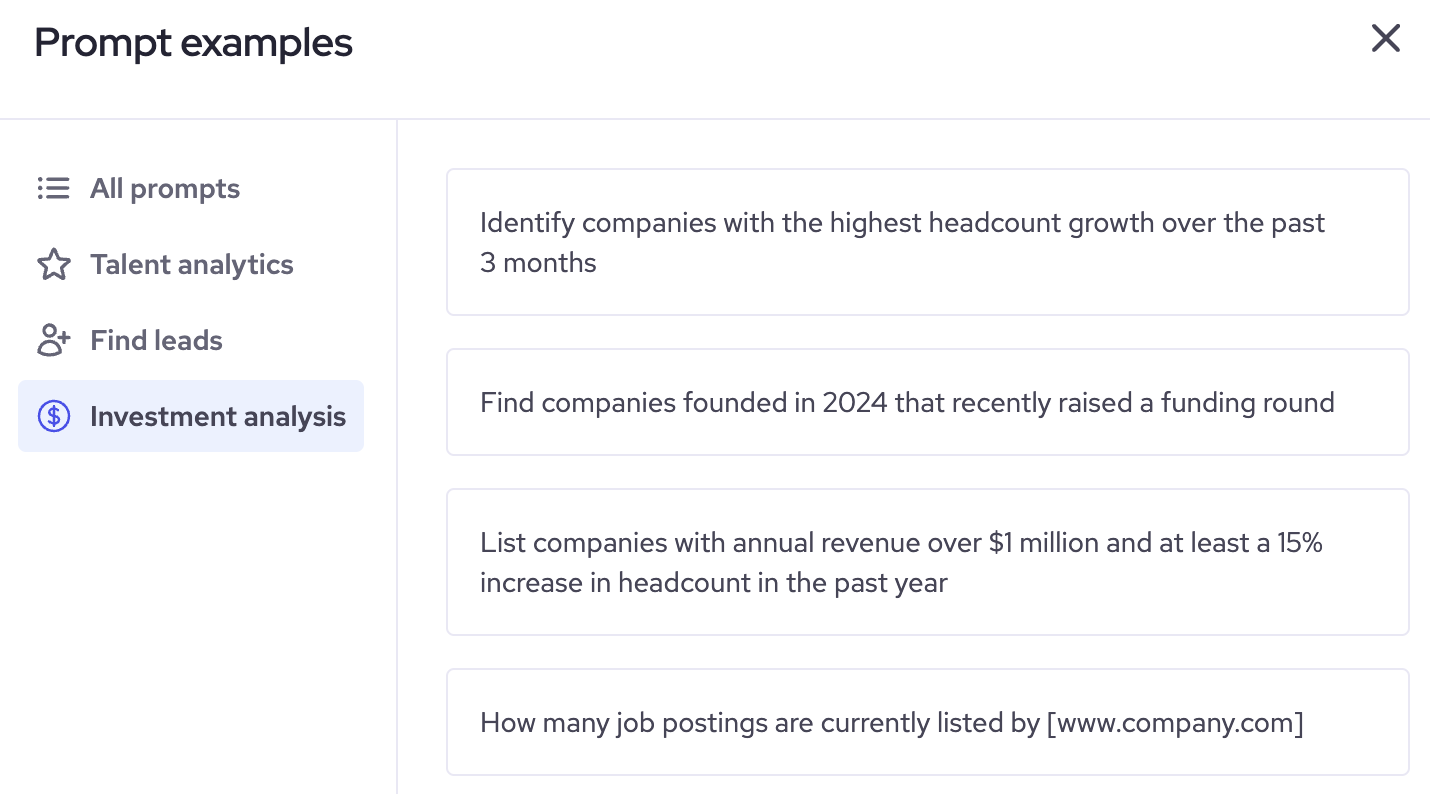Understanding the technologies a company uses can provide invaluable insights for competitive analysis, sales strategies, and partnership opportunities.
In this step-by-step tutorial, I'll guide you through a simple process to uncover and analyze tech stacks of companies, empowering you to make informed business decisions.
Why knowing a company’s tech stack matters
Whether you're in sales, marketing, product development, or investment research, knowing a company’s tech stack, including its software, tools, and platforms, can help you make more informed decisions and create better strategies.
Every industry has these missed opportunities. For example, according to a 2020 Marketing Technology Survey by Gartner, 68% of marketing technology leaders faced challenges in utilizing the full breadth of their martech stack's capabilities, often investing in tools and add-on features that ultimately went unused.
Here are some other reasons why tracking a company’s tech stack matters:
- Competitive benchmarking. By analyzing what technologies your competitors use, you can identify industry trends, spot gaps in your own stack, and find opportunities for improvement.
- Sales and lead qualification. For B2B sales teams, knowing a prospect’s tech stack helps tailor outreach and qualify leads more effectively. If a company already uses a compatible tool, they may be more receptive to your offering.
- Market and trend analysis. Tracking tech adoption across industries can reveal emerging trends and shifts in market demand. If a growing number of companies in a sector are adopting a specific cloud provider or analytics tool, it could indicate a broader industry shift.
- Partnership and integration opportunities. Companies looking for strategic partnerships or integration opportunities can benefit from tech stack insights. If a potential partner uses software that aligns with your product, there’s a stronger case for collaboration.
- Cybersecurity and compliance considerations. Tech stack analysis can also provide insights into security risks and compliance requirements. If enterprises use outdated or vulnerable software, it may signal potential risks.
These are just a few examples of how technographic data can help your business. So, how to check company tech stack?
How to find a company’s tech stack? Step-by-step walkthrough
Once you start your free 14-day trial on Coresignal's self-service, you will be able to try out different tools we offer, including our APIs.
If you don't have an account, you can register right now:
- Go to the Company API playground
First, hover over the side menu on the left and choose API playground from the list of our company APIs. This will open a playground, which is essentially a tool to test out the API.

- Write a prompt
In the window that opens, write your prompt and add any filters that you find relevant.
Let's say you are interested in finding companies in Texas that use Apache. Of course, with our Multi-source API, you can query any type of technology you prefer.
Once you write your prompt, choose your preferred API (keep in mind that the Multi-source API will use 2 credits, while the Clean and Base APIs will use 1 credit for search).
Once you are happy with your prompt, press Generate.

- Review the query
In the Search request section, review the query and check the full request. You can edit it and add more parameters.
The query will also return a list of company IDs that use the specific technologies you've listed in your prompt.

- Check out the company profile
Now, select the Collect request section. This will return the full profile of the company, including the list of technologies it uses as well as 500+ other data points.

5. Optional: choose and run other templates
If you want to try out our data, you can choose from the list of different query templates.
To begin, choose the Browse prompts element and pick a prompt to run the query.

Best tools for finding a company by tech stack
Identifying companies' tech stacks isn’t always straightforward, and the methods vary depending on your resources, scale, and goals.
Coresignal's database is perfect if you need to uncover a larger list of companies at once. If you simply want to check one or two companies, here are a few other effective ways to uncover the tech stack behind the businesses you're interested in.
Check the website’s source code and BuiltWith
If you're working on a small-scale project, your browser's Developer Tools can be your best friend. By right-clicking and selecting "View Page Source" or opening the Network and Console tabs, you can often spot telltale signs of certain technologies, such as embedded scripts for Google Tag Manager, Stripe, or HubSpot.
For a more specific questions, using tools like BuiltWith can be beneficial. They scan a site and identify frameworks, analytics tools, eCommerce platforms, and more. While the free versions are useful for one-off checks, their paid plans can help you scale this process across larger lists.
You could also check other dedicated platforms such as StackShare, SimilarTech, WhatRuns, or Wappalyzer all of which can be used as company tech stack finders.
Leverage LinkedIn and job postings
Job boards and LinkedIn can provide rich insights into a company’s internal tooling. For instance, if a company is hiring for a “React Developer” or “DevOps Engineer with AWS experience,” it’s a good signal that those tools are in active use.
On LinkedIn and other professional networks, you can search for current employees in engineering roles and look at their listed skills and previous experience. While this requires a bit more manual effort, it can reveal not just what tools a company uses, but how invested they are in them.
Competitor intelligence and web scraping
For larger-scale projects, such as building a tech stack intelligence product or powering B2B sales automation, you’ll want to go deeper. This often means setting up web crawlers to analyze company websites at scale, extracting JavaScript libraries, HTTP headers, meta tags, and CDN data.
You can also tap into public sources like company engineering blogs, GitHub activity, and API endpoints for indirect signals of their tech stack.
Additionally, some companies publish case studies, partnerships, or press releases that mention technologies they've adopted. These can be scraped or monitored via tools like RSS feeds, custom crawlers, or third-party data providers.
How to use tech stack insights strategically?
Identifying what technologies a company uses is just the first step. The real value comes from how you apply that information. Whether you’re trying to close deals faster, position your product more effectively, or discover new markets, knowing what’s under the hood of your target companies can give you a serious edge.
Here’s how you can turn tech stack data into actionable strategy:
- Improve sales outreach with personalized pitches. Generic outreach is easy to ignore. But when you tailor your pitch based on a company’s actual tools and platforms, your message instantly becomes more relevant. It shows that you’ve done your homework and understand their workflow, which builds trust and increases response rates.
- Enhance competitive analysis and product positioning. By tracking the tech stacks of your competitors’ customers, you can spot patterns, such as which segments they’re targeting or which tools they commonly integrate with. This helps you identify positioning gaps, uncover opportunities to differentiate, or even predict where the market is heading. It’s not just about keeping up with the competition; it’s about staying one step ahead.
- Find companies using complementary technologies. Tech stack data is a powerful way to surface high-fit B2B prospects. If your product pairs well with certain platforms (e.g., data tools that work best with Snowflake, or plugins that extend WordPress), you can use that as a filter when building lead lists. Targeting companies already using complementary tools increases the chances of a smooth onboarding and quick value realization—making for happier customers and faster wins.
Used strategically, technographic data help you go beyond surface-level targeting and create smarter, more precise go-to-market strategies.
Need ideas for how to use tech stack data to improve your sales?
Let's chat! Book a free consultation and I'll help you craft the best data-driven flow.








